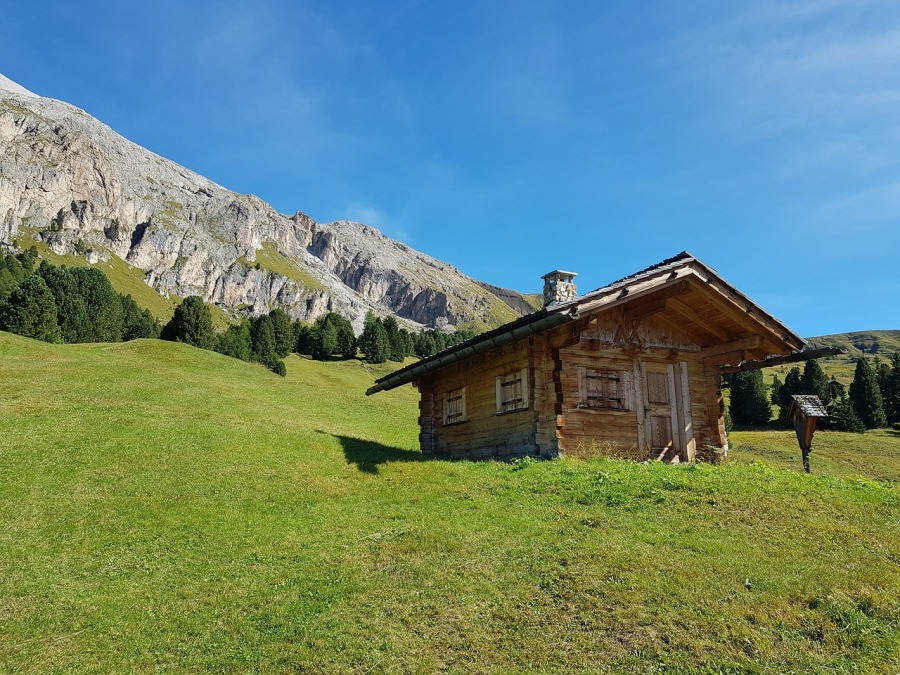by Teresa Currivan, LMFT
When I was in second grade, I was a little behind in reading. I especially had a hard time when I was spontaneously called on to read aloud a math word problem and then solve it right there on the spot. That was just a mixture of so many challenges at once for me that I won’t get into here.
But what I want to write about is my ability to comprehend what I was reading. I write this with the perspective of watching my own son learn, as well as many children in the schools that I have worked with.
In particular, a girl in sixth grade who had a few neurodivergent traits, but who I could see intelligence in when we met with in counseling. She had a sense of humor that illustrated her astute observance of human behavior. She was always reading. Always. The librarian knew her well. At the same time, she tested poorly for reading comprehension. When I asked her to tell me about the books she was reading, she declined to discuss them. I tried everything, but she would not (or could not,) tell me anything about what she was reading.
Visual-spatial learners can comprehend ideas, stories, and complex knowledge in an instant. It’s as though it goes into their knowledge base as one complete unit. So that when we ask for one idea out of it, they can not retrieve it in the way that we are asking. As Linda Silverman put it, it’s as though VS learners mixed the egg into the cake batter and tried to pull it back out. Can’t be done.
In second grade, my mom handed me the book, Heidi, and asked me to read the first page or so. It was a very old book – dark green, with that old book smell, and I remember thinking at the time that this was probably my mom’s book from when she was young, or maybe it was one of the first printed books by the author. It had that those jagged edges where the pages lined up and I felt so grown up reading this very official and thick book. I read the first bit aloud to my mom. In my own mind, I was instantly transported to this green and grassy hill, the smell of fresh air, flowers, and a grandpa with a beard , and a wooden cabin-like home. I think I wanted to be in bare feet, but that might have been my own interpretation. The sun was out, there was a light breeze, and I was very happy. Perhaps I was Heidi for an instant. Then my mom asked me, “Can you tell me what is happening so far?” It was only a page or two, and so official, and a big person book, so I froze. What happened? I don’t know what happened. Did I miss that part? I was so enjoying the birds and the hill and the amazing place, I think I missed something. I couldn’t answer her.
Can you think of creative ways to help visual-spatial learners communicate what they know? In my experience, some need to apply what they know, so that we can see their knowledge through their work. Some can tell you conversationally if there is a flow in the conversation.
I was inspired to write this today during a hike in the California hills, where in the winter on a sunny day, the hills are green and grassy, the birds are singing, and the ground is moist.
© Teresa Currivan 2024

